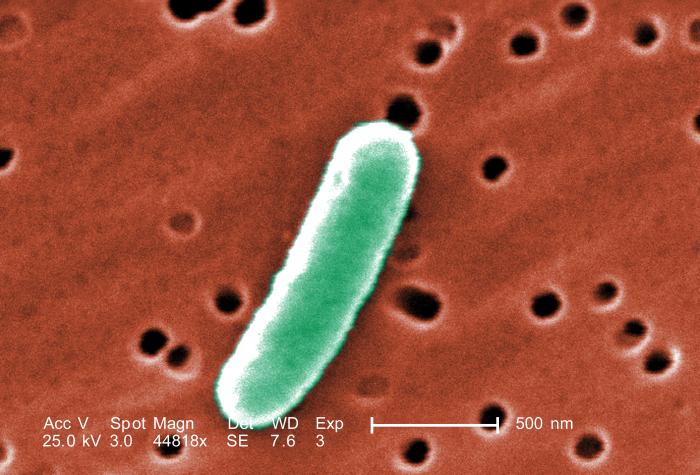
Executive summary
This update of a previous risk assessment on the same topic has been produced in response to the first evidence of healthcare-associated transmission of OXA-244-producing E. coli in the European Union/European Economic Area (EU/EEA), as well as a doubling of cases in the main cluster and three new countries having detected cases. These findings confirm the high risk for further spread of OXA-244-producing E. coli in the EU/EEA.
Following an urgent inquiry in ECDC’s EPIS AMR-HAI posted by Norway regarding a healthcare-associated outbreak involving 12 cases of OXA-244-producing Escherichia coli, national public health reference laboratories in EU/EEA countries were invited to submit to ECDC whole genome sequencing (WGS) data collected since the previous rapid risk assessment (18 February 2020) for an update at European-level. The analysis included WGS data submitted to ECDC from 13 countries, completed with data from the public domain. Among 458 isolates of E. coli ST38, 370 carried the blaOXA-244 gene encoding for the OXA-244 carbapenemase. Several clusters were identified, including one large cluster (cluster A) with 225 closely-related OXA-244-producing E. coli ST38 isolates. Of these, 210 isolates were detected in 11 EU/EEA countries and the UK, and 15 isolates were from other countries. The cluster has 20 cgMLST allelic differences from root to tip of the cluster subtree and isolates generally carried both the blaOXA-244 and blaCTX-M-27 genes. Cases related to cluster A had a median age of 51 years, a high proportion of women, and the isolates were frequently isolated from urine samples.
Read more...







